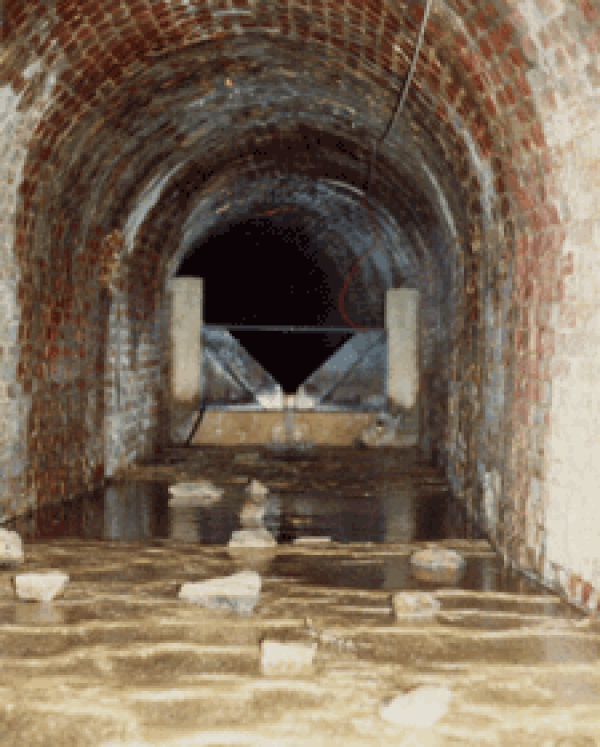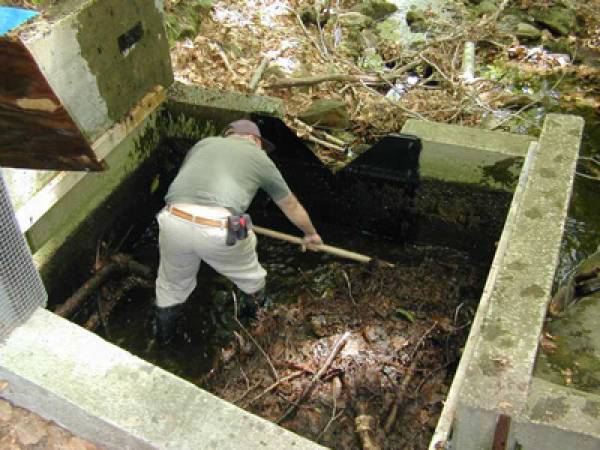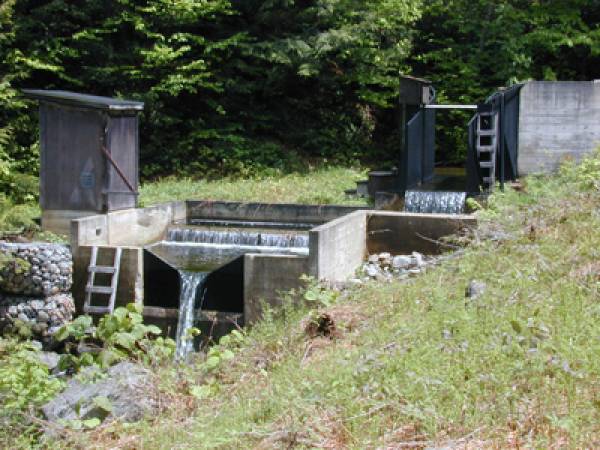This website uses a variety of cookies, which you consent to if you continue to use this site. You can read our Privacy Policy for
details about how these cookies are used, and to grant or withdraw your consent for certain types of cookies.
Common Sources of Error in Weir Flows
The common sources of errors for weir installations can be broken down into four categories:
- Approach Channel
- Weir Installation
- Crest Condition
- Downstream Conditions
Approach Channel
Flow approaching a weir installation should be no more than 0.5 fps and the upstream channel (weir pool) should be straight and of uniform cross-section for 20 times the maximum anticipated head (Hmax).
Additionally, the channel must be at least as wide as 2Hmax on either side of the crest level at Hmax.
Conditions that differ from the above will result in a poor approach velocity profile, which will degrade a weir's accuracy.
Weir Installation
For a weir to work correctly it must be mounted so that the crest is centered in the channel, level from side to side, and vertically plumb. Deviation in any respect will impact the flow accuracy of the installation.
Crest Condition
Precise flow measurement with a weir requires that the crest of the weir be:
- Good condition (without nicks or abrasions)
- Sharp (but not knife edged due to the difficulties in maintaining the edge) (no rounding of the crest)
- Free of rust, debris, growth, or trash accumulation
Downstream Conditions
Downstream conditions typically refer to the water level after the weir - and if it is high enough to submerge the nappe (body of water flowing over the weir crest).
When the downstream water level is high enough it will impede the flow of water over the weir. Weir submergence dramatically affects the actual flow rate (versus the higher indicated flow rate).
Related Blog Posts
Explore more insights in our blog.

LOCATIONS IN ATLANTA, GA & BOISE, ID




